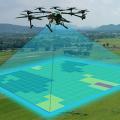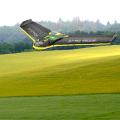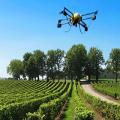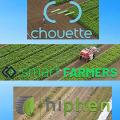Agroecology 3 min
WeedElec, from "haute couture" to cutting-edge weeding
Launched at the beginning of 2018 under the aegis of 5 partners – including the EMMAH Joint Research Unit under the joint supervision of INRA and IRSTEA – the WeedElec project combines robots and drones for the detection and control of weeds using electric current. Claude Doussan is a researcher at INRAE Avignon, and presents its genesis and development.
Published on 16 December 2019
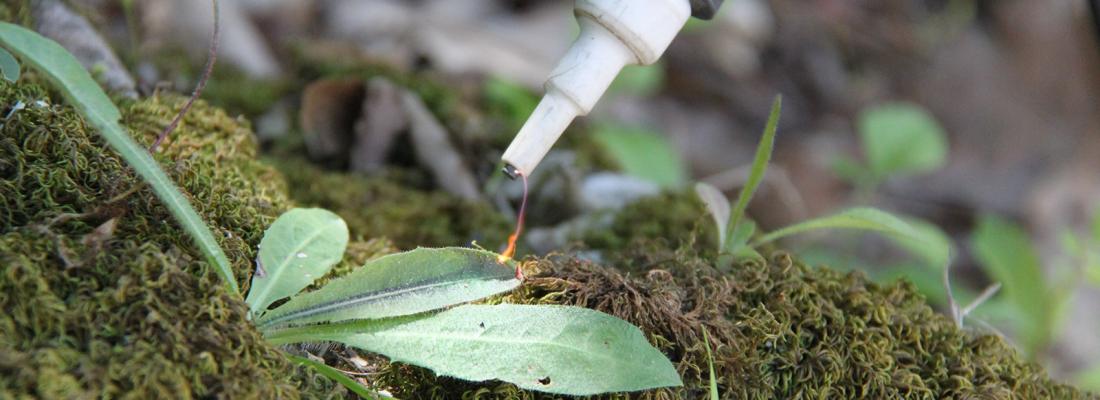
What observations and circumstances prompted the implementation of the WeedElec project and can you describe its development?
Claude Doussan: The concept appeared in the course of research conducted by colleagues at IRSTEA who had started working on the use of electricity for weed control. The initial prototypes were developed on hand tools in the 1990s, at a time when the pesticide issue was beginning to attract attention. This issue remains unsolved but technologies such as robotics or image recognition have clearly evolved. It therefore seemed important to make further efforts. It also seemed significant, at a scientific level, to improve the then very limited knowledge of plant properties in the face of electricity. How do plants react when electric-shocked ? What are their sensitivity criteria? WeedElec is one of four projects developed in France with a view to offering an alternative to chemical weed control, but it is the only one to offer a solution other than mechanical weed control.
How is the interaction between the project support tools, in other words the robots and drones, determined? What are their respective roles?
C.D: What we call robot is the project centrepiece. It is an autonomous and wheel-mounted platform. Its itinerary is defined via GPS and it includes a camera, placed on its upper part and connected to an artificial intelligence device, which identifies weeds. A portrait of the plant population is thus drawn up. The robot initiates the detection process, as well as the action phase, which is the weeding phase. Meanwhile the drone offers a broader vision of the crop concerned. It contributes to optimizing the platform and therefore the robot, which is capable of handling the whole process single-handedly.
In practical terms, the robot steps over one or two crop rows at a speed of 2 kilometre/hour. It has a full day of autonomy in daylight thanks to solar panels, and can keep working during the night using batteries. During its itineraries, it detects weeds using hyperspectral imaging (cf. article 2). As soon as a weed is identified, the image is immediately converted, and the robot sends instructions to its arm equipped to inject a high-voltage electric current. This is “haute couture”. The window of opportunity concerns relatively young plants, after which it is too late. Besides, the process does not allow inter-row weed control for which other solutions exist. In the Netherlands, the Nasso project, which involves a tractor-mounted electrical weeding system, but isn’t robotised, allows inter-row interventions.
Are there negative effects to such a use of electricity on the soil, and which could eventually jeopardise the large-scale production of WeedElec?
C.D : The intervention of the robot has the merit of being extremely precise. The current injected only passes through the targetted plant, without affecting others. Nothing in the current state of knowledge shows that soil life may be affected. The process does indeed generate electric fields in the soil, but it is recent and we lack data concerning long-term use effects.
Obstacles to large-scale production will not initially come from these factors. Instead, they are based on a total change of paradigm. Will I, as a farmer, release a robot capable of doing all the work into my fields? This context therefore raises the question of work output, which is an important concept in agriculture. How much land area will the robot cover, and how much time will it require? It is true that the solutions we put forward are not very rapid. Technologies are certainly less and less expensive and more and more accessible to the general public. Does this make them profitable? Farmers are entitled to question such practices.
Read the whole report:
